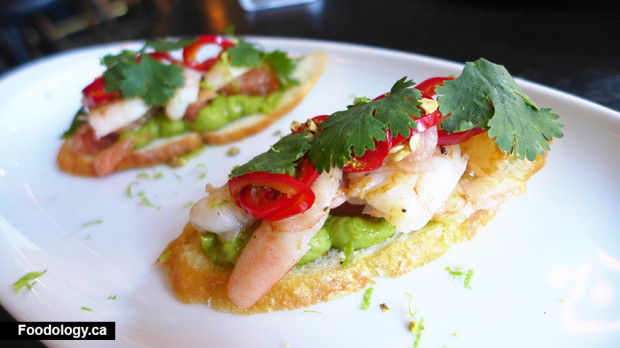
Disclosure: This is an advertorial by LottoLand.
Being awarded a Michelin Star is no easy feat. It is the pinnacle of accolades for restaurants that even the very best establishments in the world revere. Currently, there are little under 3,000 restaurants of about one million worldwide with at least one Michelin star. Tokyo has a remarkable 230 of them with Paris following distantly with 123 stars, ahead of Kyoto (103) and Osaka (97). Canada still does not have any Michelin Star restaurants, but mostly because the Michelin testers are yet to evaluate any restaurant in the country.
So, what exactly is a Michelin Star and what value does it come with?
Understanding the Michelin Guide
Very few people have been able to wrap their heads around this famous rating system. Popular notion is that Michelin restaurants are overpriced and only serve the rich, but that’s not factual in the slightest. You can get a $5 meal in a restaurant with three Michelin stars. It is just that the better-equipped and staffed higher-end establishments are more likely to meet the Michelin requirements for a star. Good chefs are also significantly more expensive, and restaurants hiring them may be prompted to share some of these extra costs with the customer.
The Michelin Guide was started in 1900 by the Michelin tire company founders, Edouard and Andre. The two brothers were looking to provide drivers with a restaurant rating guide in a bid to make them drive more and require new sets of tires more frequently. It all started in France and gradually spread into other parts of Europe as the rather unconventional strategy seemed to pay off. The star system as it is known today was firmly established in 1936, five years after the introduction of the third star.

The Awarding of Michelin Stars
As you may already know, restaurants are given Michelin stars for achieving success at the highest level. A one-star-rated restaurant is extremely good but still a significant distance behind a two-star one. Three stars are only awarded to the best of the best, with excellence and consistence in food quality, use of quality ingredients, mastery of cooking techniques, and value for money.
A rather interesting measure used in Michelin ratings is the ability of the chef to express their personality in the cuisine. This is widely regarded as creativity. It carries a lot of weight in evaluations, which is why traditional restaurants offering excellently prepared dishes do not receive Michelin awards if there is nothing “special” about their food.
The Michelin inspectors visit restaurants anonymously, and are not allowed to give public interviews. They are usually highly-experienced chefs with first-rate skills in culinary arts. They are also graduates of the mandatory Michelin Guide training held in France. Inspectors visit a restaurant severally before deciding if it is worthy of a Michelin award, and if yes, which one.
The fact that the ratings are assigned by certified former chefs is perhaps what makes the Michelin Guide a class apart from other popular rating systems. Yelp and Zagat, for instance, base their ratings on consumer feedback, which can be riddled with flaw and bias.
While the actual metrics used by the Michelin inspectors to award stars is still a secret, many believe that, besides food quality and consistency, service, décor, and ambiance count.
Here is what each of the three stars means, according to the Michelin Guide:
- One star: A very good restaurant, with very high-standard food
- Two stars: Great cooking and the cuisine is consistently high-quality
- Three stars: Worth a special visit for their excellent cuisine and superb execution of distinctive dishes using the best ingredients.
Besides the typical 0-3 stars rating, Michelin also offers a fairly newer award called the Bib Gourmand to restaurants that have great combinations of quality and price. A restaurant in the typically expensive New York City, for instance, might receive this award for charging less than $40 for a two-course meal, plus dessert. The amount is capped €36 for a three-course meal in Europe.
The Rising Star is another special award given by Michelin. Candidates for it are restaurants that already have one or two stars and are being considered for an additional star the following year. Recently, this award was extended to cover star-less restaurants that are being considered for a Michelin rating in the future.
Conclusion
Michelin Stars are coveted for the fact that the bulk of the restaurants evaluated each year receive no rating at all. As an example, 500 restaurants were assessed in Chicago in 2014, and only 25 received a star. That is nothing to sniff at. The Michelin Guide homes in on the cuisine and conducts a comprehensive assessment on the food quality, much to the advantage of travellers who don’t know much about the local cuisine. If you are looking for the gold standard of restaurants in a city you are visiting, then the Michelin Guide is definitely worth a look.


